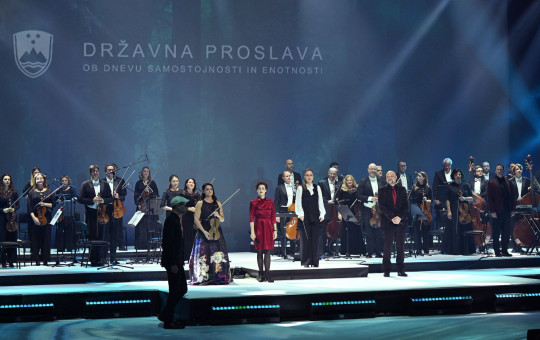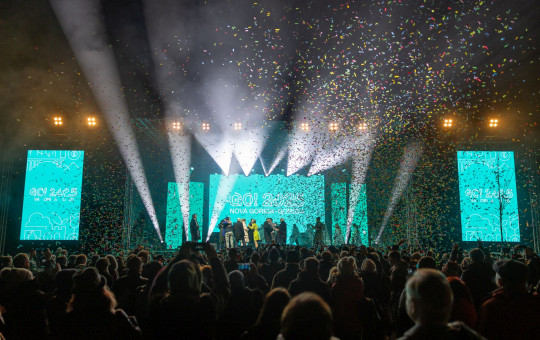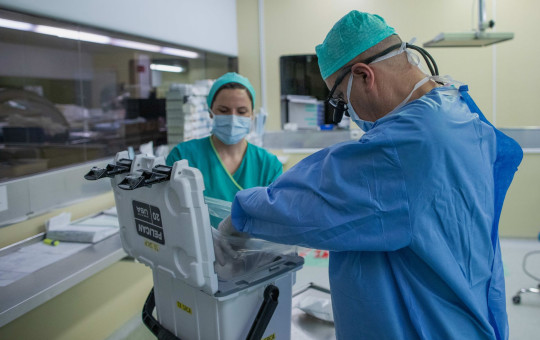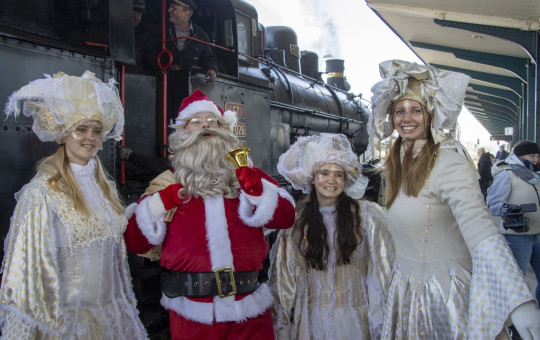Date: 12. November 2024
Time to read: 2 min
The Cerkljanski Museum presents the exhibition Healed in the Shelter of the Forest - Partisan Hospitals in the Kočevski Rog. The exhibition aims to draw attention to the preserved Jelendol and Zgornji Hrastnik hospitals, which are monuments of national importance. The exhibition by Matej Rifelj will be on display until 1 December.
Partisan hospital in the Kočevski Rog
The exhibition shows the development, organisation and functioning of the partisan hospital in the Kočevski Rog, with a network of 24 outposts, with a special focus on the conspiratorial hospitals. The construction, conspiracy and care of the hospitals, their treatment and daily life, as well as Allied assistance to the hospitals are shown.
-
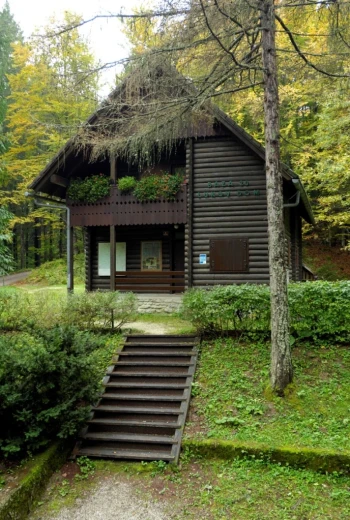 The Kočevski Rog, with its hospitals, was the central and most important point of partisan health care. Photo: Marko Pršina
The Kočevski Rog, with its hospitals, was the central and most important point of partisan health care. Photo: Marko Pršina
-
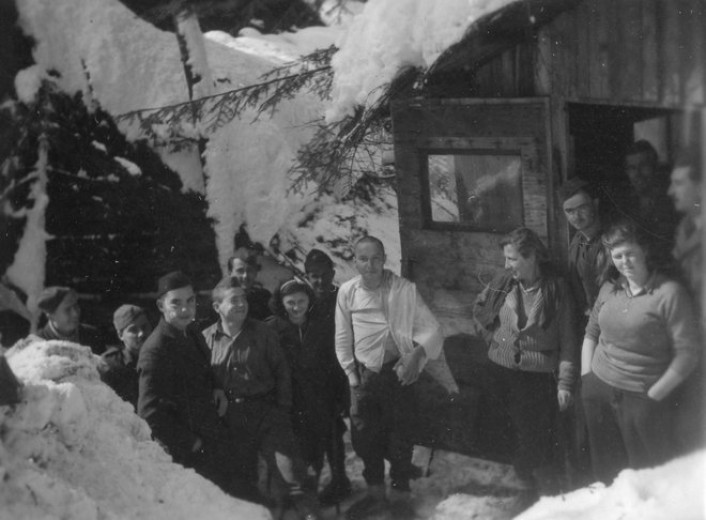 Jelendol Hospital is covered in snow. On the left is the barracks for the wounded, on the right the kitchen; March 1944. Photo: Unidentified author, Preserved by the Museum of Contemporary History of Slovenia
Jelendol Hospital is covered in snow. On the left is the barracks for the wounded, on the right the kitchen; March 1944. Photo: Unidentified author, Preserved by the Museum of Contemporary History of Slovenia
-
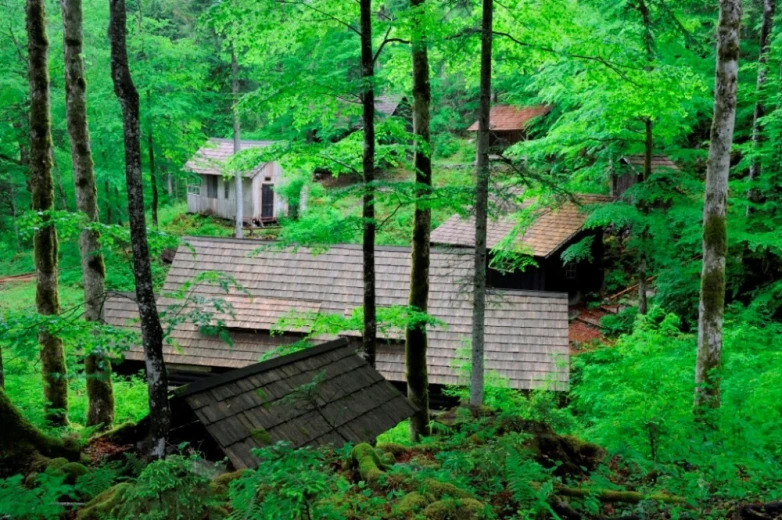 The exhibition features more than 100 objects, including surgical barracks equipment, surgical and dental instruments, various splints, medicines, medical equipment and fragments of former hospitals. Photo: Marko Pršina
The exhibition features more than 100 objects, including surgical barracks equipment, surgical and dental instruments, various splints, medicines, medical equipment and fragments of former hospitals. Photo: Marko Pršina
-
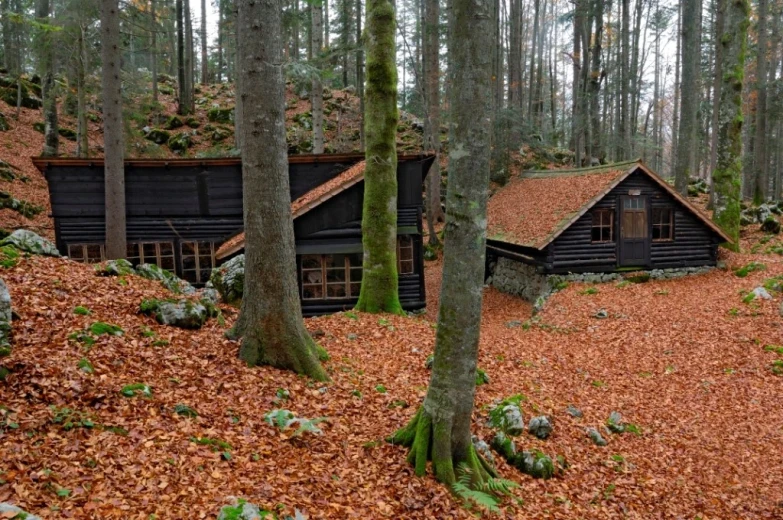 The medical staff who helped the wounded in the many barracks contributed just as much to the final victory as the fighters themselves. Photo: Jože Saje, Dolenjski muzej NM
The medical staff who helped the wounded in the many barracks contributed just as much to the final victory as the fighters themselves. Photo: Jože Saje, Dolenjski muzej NM
A unique case in the resistance movement
In this context, three hospital outposts are highlighted; Zgornji Hrastnik and Jelendol, which are the only ones still preserved today, and Spodnji Hrastnik, where a maternity hospital operated, which was considered a unique example in the resistance movement of the Second World War. Finally, the importance of the hospitals in the town at that time and the situation on the ground today are presented. Partisan units fought in a guerrilla manner, were small and mobile, and could not carry wounded.
However, for optimal functioning, it was essential for them to be able to send or escort the wounded to safety in the partisan hospitals. This was by no means a given at that time. And the Slovenes were something special in European terms, nowhere else did they have an ambulance service organised at such a high level.
The fighters knew that if they were wounded, they would be taken care of, moved to safety and treated. This contributed to morale on the one hand, but it also allowed those who were healed to return to the fight.
-
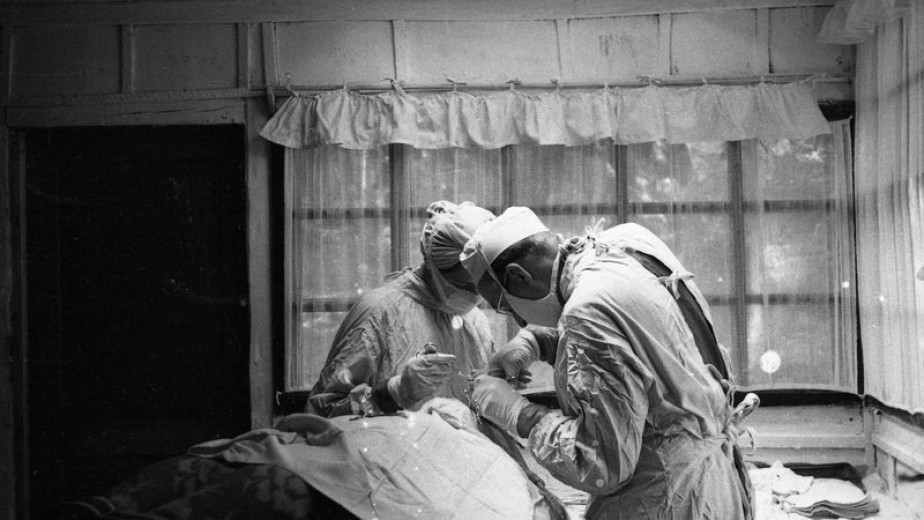 The operating theatre of Zgornji Hrastnik Hospital. The photo shows Dr Janez Milčinski and nurse Marija Jeras during an operation in March 1944. Photo: Janez Milčinski
The operating theatre of Zgornji Hrastnik Hospital. The photo shows Dr Janez Milčinski and nurse Marija Jeras during an operation in March 1944. Photo: Janez Milčinski
-
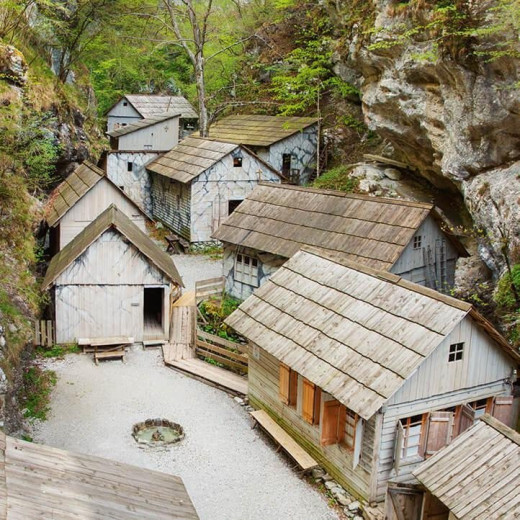 Hospitals were built deep in the forest to keep them hidden from enemy eyes. Photo: Archive of the City Museum of Idrija
Hospitals were built deep in the forest to keep them hidden from enemy eyes. Photo: Archive of the City Museum of Idrija
-
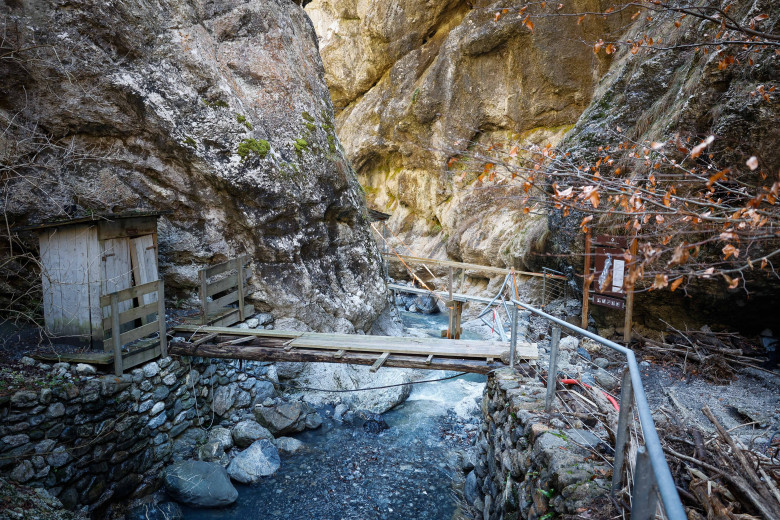 Among the 120 or so partisan hospitals, two even used X-ray machines - Franja in Novaki near Cerkno and the OF civilian hospital in Kanižarice in Bela Krajina. Photo: Anže Malovrh/STA
Among the 120 or so partisan hospitals, two even used X-ray machines - Franja in Novaki near Cerkno and the OF civilian hospital in Kanižarice in Bela Krajina. Photo: Anže Malovrh/STA
-
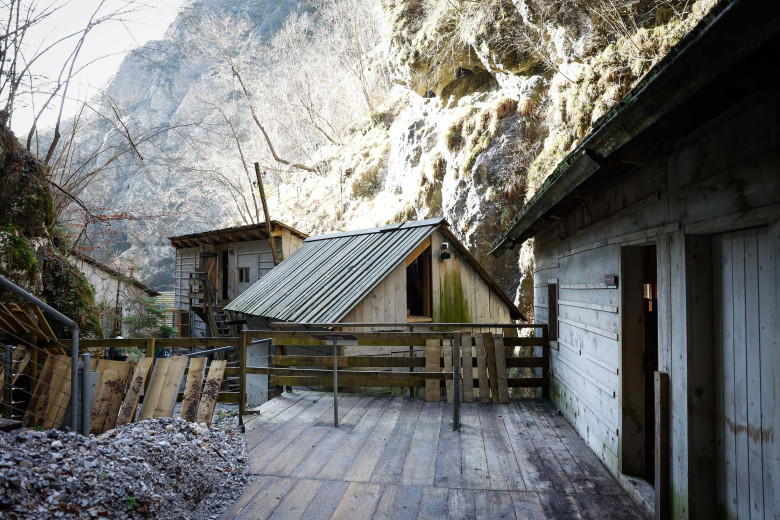 The partisan sanitation system worked excellently in the difficult war conditions on Slovenian soil and was an example for other countries. Photo: Anže Malovrh/STA
The partisan sanitation system worked excellently in the difficult war conditions on Slovenian soil and was an example for other countries. Photo: Anže Malovrh/STA
More than 100 objects on display
The exhibition features more than 100 objects, including surgical barracks equipment, surgical and dental instruments, various splints, medicines, medical equipment and fragments of former hospitals. The exhibition includes a rich selection of objects that were in use at the time and are part of the medical collection of the Dolenjska Museum, while the photographic material is from the collection of the Museum of Contemporary and Modern History of Slovenia.

